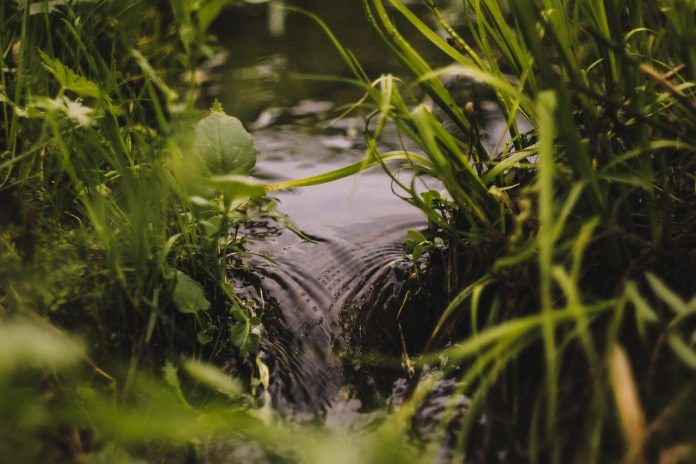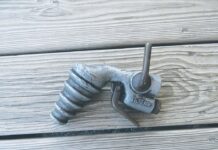There is little doubt that my workplace would fit firmly into the category of “non-typical.” Here at the Holmes Soil and Water Conservation District, there is a plastic bag filled with chicken manure just outside the door. It would be inside if the stuff had come from cows, but poultry droppings are just a bit too pernicious, even for seasoned “experts” in animal dung.
The chicken litter sits right next to a tattered paper bag of milkweed seed pods that were left out all winter to “stratify” in the cold, so they’ll germinate this growing season.
In the break room, my lunch bucket rests on a water pollution test kit in the salad crisper drawer of the fridge, and if you open a bottle of water from that same fridge, you’d do well to give it a good sniff before you commit to a chug.
Interest
The conservation of natural resources is a big, broad field, and we stomp our boots into a little bit of everything around here. Call it an easy bet that each person on our staff spent countless hours as a kid wading in streams, looking under rocks and filling buckets with creepy crawlies of all sorts.
Most kids have it in them to do this sort of thing, and if given the opportunity, they will jump right in and give it a try. A handful of children could take it or leave it and would ditch the outdoors in a hot minute for a smartphone and a speedy Wi-Fi connection.
Others, however, seem to never grow out of the desire to scoop something into a bucket and take a closer look. Those are the ones who end up working in natural resources conservation. We grown-up “stream splashers” believe every kid ought to have a shot at getting their feet wet — hopefully with a bucket, a net and a “stream life” field guide close at hand.
We do a lot around here to encourage such activity because we know conservation does not happen without folks who care about the outdoors. I suppose that’s the best reason I can give for the fact that a yellow bullhead catfish lives within a few feet of my desk.
Catfish
We found the fingerling, who we’ve since named Kathmandu, during a wildlife inventory of a stream we’ve been working on restoring. Consistently contrary and continuously hungry, the catfish has become our office mascot and ambassador to the world through posts on social media from his 10-gallon tank in the center of the room.
He shares the tank with an ever-fluctuating number of other small fishes, tadpoles and various water bugs that we net while we are out and about checking water quality in area streams. We try not to get attached to these lesser critters as “Catman” has a habit of inviting them over to his place for dinner — where they promptly vanish.
The plan has always been to release the catfish back to his home stream once our project is completed, but his present rate of growth suggests we may be in a race against time.
Encounters
In the meantime, we invite every kid, young or old, who graces our door (or our Facebook page) to have a look at “Catman.” The fish gives us an opportunity to talk about the importance of clean water even in the smallest of ecosystems, and the ways in which our actions impact the life there. Hopefully, those encounters will encourage kids to go out and get their feet wet, as well.
If you have questions about conservation, be sure to give your local soil and water office a call. Speaking for the entire SWCD family, your interest is our business.













